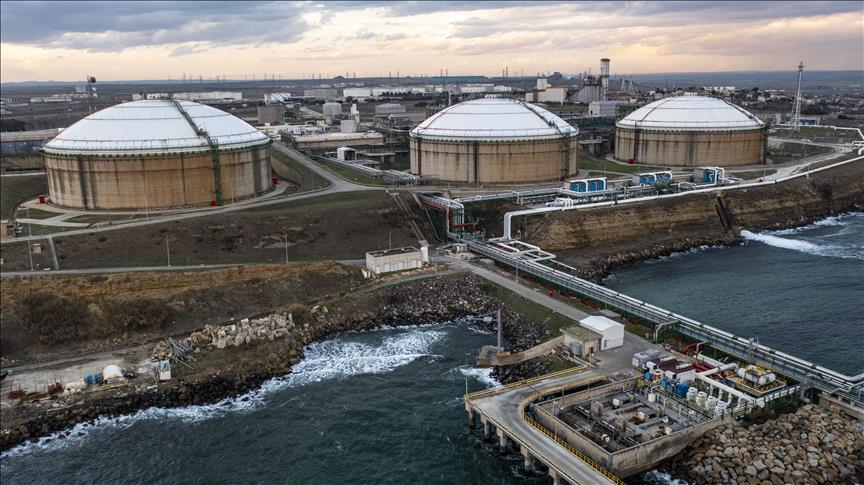Despite high prices, global oil demand will rebound and surpass 2019 levels by 2023, according to the International Energy Agency's (IEA) Stated Policies Scenario (STEPS) released on Thursday.
However, some sectors, including road transportation, will undergo structural changes as electric car use has significantly increased.
While fighting with pandemic-induced weak demand in 2020, oil market dynamics have changed as the markets struggle with supply disruptions caused by several factors including underinvestment and the Russia-Ukraine war.
The markets had seen an average of $44 a barrel two years ago, with demand fears triggered by lockdowns imposed in response to the Covid‐19 pandemic, which caused a huge oversupply of oil.
Recovered from the wounds of the pandemic, global supply is now struggling to keep pace with demand, with many producers bumping up against capacity constraints and Russia’s invasion of Ukraine sharply accentuating market tightness.
Prices have soared to an average of $105 a barrel so far in 2022 as global oil use is subject to sharply conflicting pressures.
Some sectors, notably aviation, are still recovering from the shock of the pandemic, however, others, such as the chemical sector, have remained robust throughout, the report said.
Road transport, which has traditionally been the heartland of oil consumption, is undergoing structural changes, especially for personal mobility. Nearly one‐in‐ten passenger cars sold worldwide in 2021 was an electric vehicle. And now high prices – and their economic impacts – are contributing further to near‐term uncertainty.
-When does oil demand peak?
The IEA forecasts that oil demand peaks in the mid‐2030s at 103 million barrels per day (bpd).
The agency forecasted in its September oil market report that world oil demand would average 101.3 million bpd in 2023, slowed down by 'the relentless deterioration of the economy' and higher prices sparked by the OPEC+ plan to cut supply.
However, the agency predicts that road transport oil demand will increase by 1.5 million bpd between 2021 and 2030.
According to the STEPS scenario, electric and fuel cell heavy trucks struggle to gain market share. Around 10% of cars sold in 2021 were electric and this is forecast to rise to 25% by 2030.
Aviation and shipping consumed 10 million bpd of oil in 2021, which is 20% less than before the Covid‐19 pandemic.
-Only chemical sector to see increased oil consumption
In the STEPS scenario, the IEA forecasted that economic growth would drive up trade and travel, and demand would grow by 4 million bpd between 2021 and 2030.
The agency said the chemical sector was the only sector in which oil use increased in 2020, and it is now set to account for a rising share of oil use.
Around 70% of oil used as petrochemical feedstock is currently used to produce plastics. A number of countries are announcing policies to ban or reduce single‐use plastics, improve recycling rates and promote alternative feedstocks.
According to the agency’s STEPS scenario, global average recycling rates for plastics will increase from the current level of 17% to 27% in 2050.
In order to balance rising demand and declining output from existing sources of production, the agency said new conventional upstream projects are required.
In its STEPS scenario, the IEA recommended the expenditure of around $470 billion in annual upstream investment on average to 2030, which is 50% more than current investments.
According to the agency, new oil resources discovered in 2021 were at their lowest level since the 1930s. The largest increases in production to 2030 come from US tight oil, Middle East members of OPEC, Guyana and Brazil.
Although high oil prices and energy security concerns are encouraging some countries to start exploration activities for new domestic oil projects, these licenses are unlikely to provide any relief before 20 years on average.
By Sibel Morrow
Anadolu Agency
energy@aa.com.tr


